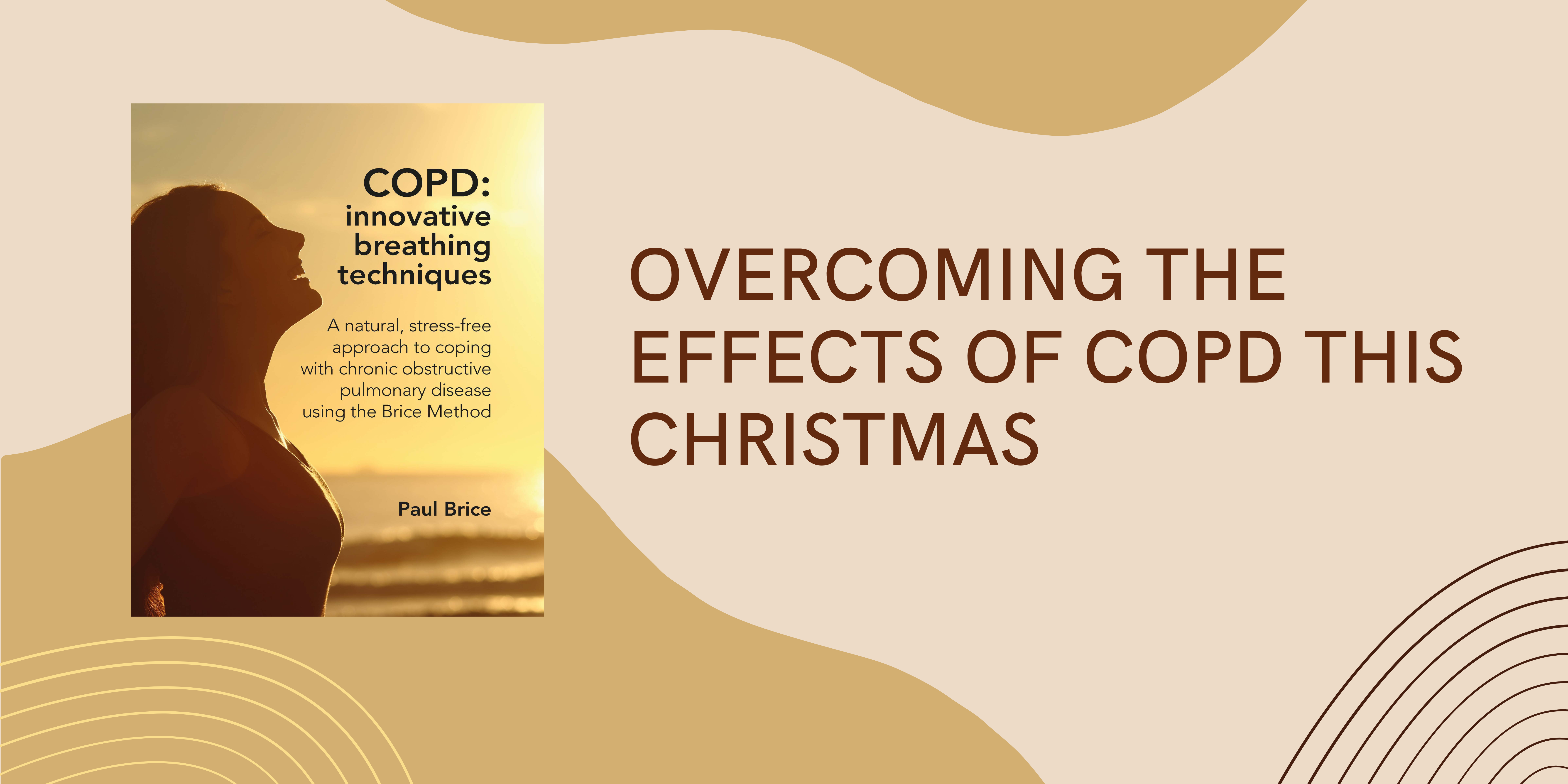
Temperatures have plummeted as the days get shorter and the wind gets colder, and while the move from blistering sun may get some people feeling the festive cheer, for others the winter time can bring about worry and concern. People with respiratory diseases such as COPD can often find themselves shorter of breath and coughing more than usual.
To wrap up a month focused on COPD and raising awareness for the condition, we investigated some of the simple corrective exercises to help COPD patients overcome breathlessness. The following blog has excerpts from Paul Brice’s book ‘COPD: Innovative Breathing Techniques’, which you can find here.
Learning to de-slump yourself
Preparation
For this exercise, you will need a high-backed chair that is firm and supportive. You will find a sofa or lounge chair will be far too soft to provide any meaningful support to your spine. A dining table chair with arms or a relatively firm office chair is what you will need. If the chair has arms, it may assist you, but if your chair has no arms you can still do the exercise. You will also need a rolled-up towel or a back support of some sort draped over the top of the backrest.
Self-Awareness Preparation
Sit on a chair as you normally would. Position a rolled-up towel or back and listen again to your breathing. Ask yourself the following questions and be more aware of what you are actually doing when you inhale and exhale:
- Notice where your head is in relation to your body
- Notice how you are holding your shoulders
- Think about the pace and speed of your breathing
- Recognise how deep your breath is going into your lungs
- Think about how satisfying each breath is
How to do the exercise
- Sit down on the firm high-backed chair, with your bottom pushed right back into the seat
- Ensure that the rolled-up towel or back support pad is positioned below and between your shoulder blades. The rolled-up towel or pad should be big enough for you to feel it push against your ribs, but not so big that you are being toppled forwards
- Now try to draw your shoulder blades backwards and downwards, whilst drawing the nape of your neck backwards. The towel or back support will act as a pivot point, allowing your ribs to open up like a fan, and artificially supporting and expanding your chest in the process
- When you draw your shoulders backwards and downwards, you may find that your hands will need to fall by your hips or slide back on the arms of your chair. Work with this by putting your hands on your hips if your chair has no arms, or drawing your elbows back if your chair has got arm rests
Read more about how to manage COPD in ‘COPD: Innovative Breathing Techniques’ by Paul Brice, published by Hammersmith Health Books, and discover how The Brice Method could help you to re-learn how to breathe naturally, with ease and without having to work hard. The best course of treatment for COPD can differ for every person and what works for some may not be as effective for others, so if you are struggling with COPD, make sure to consult your GP.
